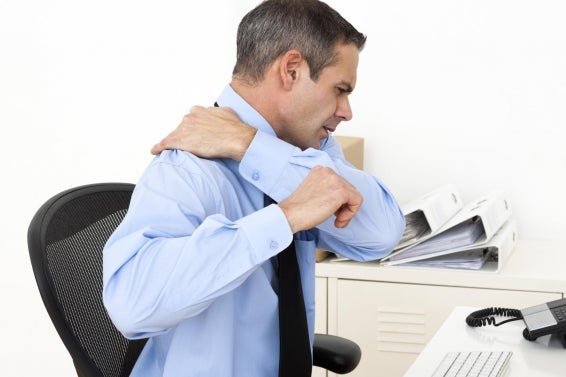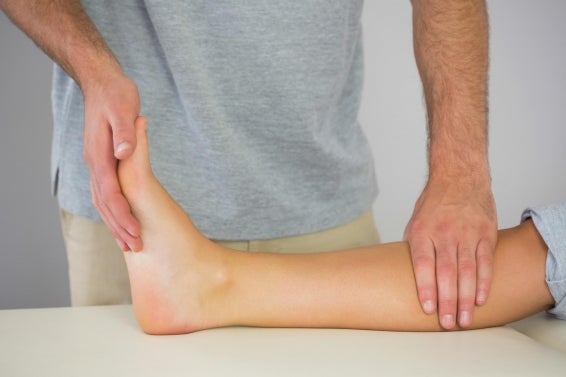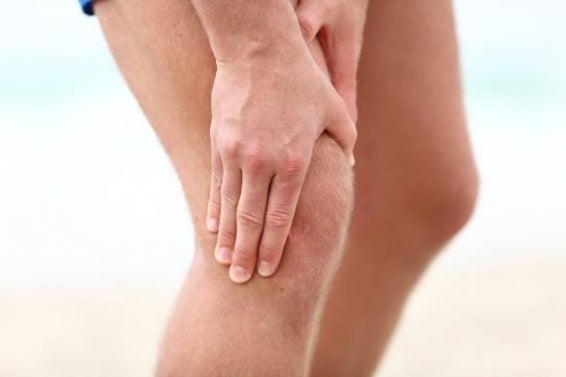View Providers
Not many of us think about our elbows until they start to cause pain or discomfort. Your elbows are where the bones in your forearm—the radius and ulna—join with the bone in your upper arm—the humerus. Muscles, ligaments and tendons around your elbow help bend or straighten it. Elbow pain can be caused by an acute injury to any part of your elbow or by a chronic injury or disease. This pain can have a significant impact on your quality of life.
No matter the cause, how do you know when you can manage it on your own and when you should see your doctor for help?
Common Causes of Elbow Pain
The most common cause of elbow pain is from activities that require repetitive use. These activities can range from playing a sport like tennis (tennis elbow) or golf (golfer’s elbow) to scanning items at a cash register.
Other common causes include:
- Arthritis—rheumatoid arthritis and osteoarthritis are the two most common types of arthritis that can cause pain and damage to your elbow.
- Bursitis—inflammation of the bursa, the fluid-filled cavity that cushions the joint and prevents friction.
- Tendinitis—where the tendons become inflamed and irritated, oftentimes from repetitive motions and overuse.
- Ulnar nerve entrapment, or cubital tunnel syndrome—when the ulnar nerve in your arm is compressed or irritated where it passes through the elbow.
- Dislocated elbow—usually caused by a blow to the elbow or a fall where you land on your hand. Children may get a dislocated elbow if they are lifted (or swung) by their forearms.
- Sprains—when the ligaments holding the joint together are torn or stretched.
- Fractures (breaks)—elbow fractures are oftentimes caused by falling on your outstretched hand.
- Stress fractures—by repetitive force to the elbow.
Elbow Pain Treatment at Home
Unless there is an injury, such as a fracture that obviously needs a doctor’s care right away, you can manage most elbow pain at home. The most common home care recommendation is the RICE method:
- Rest. Reduce your activity, taking a break from the repetitive motions that may have caused your pain.
- Ice. Apply ice to your elbow for about 20 minutes a few times a day. Do not apply the ice to bare skin though.
- Compress the joint. Wrap your elbow with a compression or pressure bandage to help support it and reduce swelling if any is present.
- Elevate your elbow. Elevating your arm above your heart will help decrease swelling. Try resting it over the backrest of the couch.
However, for repetitive use injuries, as well as arthritis, bursitis, and tendinitis, 20-minute sessions of a warm pack are more therapeutic than ice packs because heat brings blood to the area and promotes healing. It also relaxes the muscles and tendons that move the elbow joint. For a more acute injury, practice RICE until the initial swelling is down or about 48 hours before applying warm packs or alternating heat with ice.
You may also want to protect your elbow with a brace or support to prevent further injury. If you can take over-the-counter pain relievers and nonsteroidal anti-inflammatories, these may help as well.
When to See a Doctor for Elbow Pain—and Where to Go
There are three levels of care that you may need if you sustain an injury to your elbow or you have unexplained elbow pain: emergency care, urgent care as quickly as possible, and when you can make an appointment.
You need emergency care when you have an injury caused by trauma (like a fall), and there is an obvious deformity of your elbow (possible dislocation); severe pain; a bone has broken through your skin; or you have lost sensation in your fingers, hand or forearm. Delaying treatment could cause permanent damage to and around your elbow.
If you have elbow pain but no obvious injury that needs emergency care, see your doctor as soon as possible. If the pain is severe or you have trouble moving your elbow, go to an urgent care facility.
Finally, you should schedule an appointment with your doctor if:
- Pain isn’t going away, despite resting it and refraining from the activities that caused the pain.
- Pain is present even if you’re not using your arm.
- The type of pain changes, for example from an ache to a sharp pain.
- Pain returns when you resume activities, such as elbow pain from lifting something heavy.
- There is new swelling, a lump, or redness around the elbow.
Who to See for Elbow Pain
If you go to an emergency room, you may first be seen by an emergency physician. That doctor will decide if you can and should receive treatment in the emergency room or if you need to see an orthopedic specialist or surgeon. In some emergency departments, an orthopedic surgeon may examine you right away. If nerve damage is the cause, you may need a referral to a neurosurgeon.
Primary care physicians usually can treat most elbow pain that is not urgent, but your doctor may refer you to another doctor for more specialized care. Specialists who treat elbow pain and injuries include orthopedic surgeons, sports medicine doctors, rheumatologists, physiatrists, physical therapists, and athletic trainers.
Elbow pain can interfere with work and play activities, so it’s important to get your elbow checked if your pain doesn’t go away. The earlier you start treatment, generally the easier and quicker it is to resolve your problem.





